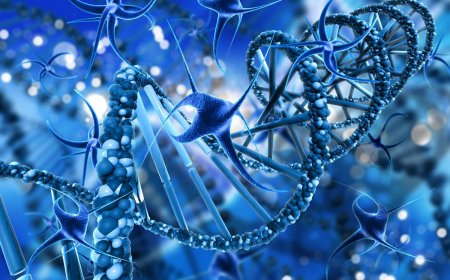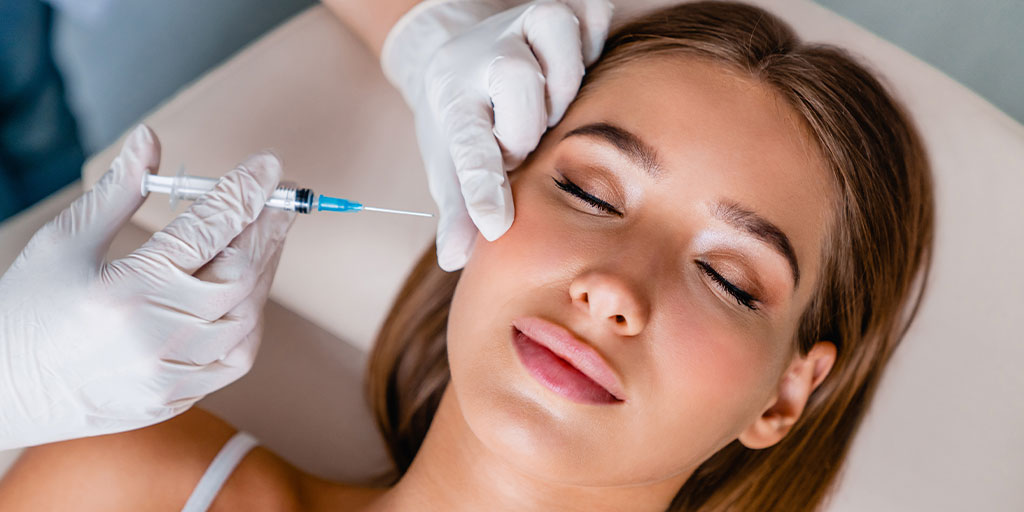Oorzaak Rosacea Gevonden: Real or Just Another Claim?
Is the cause of rosacea finally discovered? Explore the latest research behind the claim "Oorzaak Rosacea Gevonden" and uncover the truth about this chronic skin condition
Rosacea is a chronic skin condition characterized by facial redness, visible blood vessels, and sometimes acne-like bumps. Despite ongoing research, its exact cause remains elusive. The phrase "Oorzaak Rosacea Gevonden" (cause of rosacea found) often surfaces in media and discussions, suggesting breakthroughs in understanding this condition. But is this claim substantiated? Let's delve into the current scientific insights.
Understanding Rosacea
Rosacea typically affects the central face and is more common in individuals over 30. Symptoms include persistent redness, swelling, and in some cases, eye irritation. While not life-threatening, rosacea can significantly impact quality of life due to its visible nature and chronic course.
Investigating the Claim: Oorzaak Rosacea Gevonden
The assertion that the cause of rosacea has been found is, at best, premature. Current research indicates that rosacea results from a complex interplay of genetic, environmental, and microbial factors. No single definitive cause has been identified, making the claim "Oorzaak Rosacea Gevonden" more of an oversimplification than a scientific conclusion.
Factors Contributing to Rosacea
-
Genetic Predisposition:Studies suggest a hereditary component, with rosacea more prevalent among individuals of Northern European descent.
-
Immune System Dysfunction: An overactive immune response may lead to inflammation and vascular changes characteristic of rosacea.
-
Microbial Factors: The presence of Demodex mites and Helicobacter pylori bacteria has been associated with rosacea, though their exact role remains unclear.
-
Environmental Triggers: Sun exposure, extreme temperatures, spicy foods, alcohol, and stress are known to exacerbate rosacea symptoms.
-
Vascular Abnormalities: Abnormalities in facial blood vessels may contribute to the redness and flushing seen in rosacea patients.
Current Research and Developments
Recent studies have focused on the role of antimicrobial peptides like cathelicidin in rosacea. Elevated levels of cathelicidin and related enzymes have been observed in rosacea patients, suggesting a link to the inflammatory processes of the disease. However, these findings are part of a broader puzzle, and more research is needed to establish causality.
Frequently Asked Questions (FAQs)
Q1: Is there a cure for rosacea?
Currently, there is no cure for rosacea. Treatment focuses on managing symptoms and avoiding triggers.
Q2: Can diet affect rosacea?
Yes, certain foods and beverages, such as spicy foods and alcohol, can trigger or worsen rosacea symptoms..
Q3: Are there different types of rosacea?
Yes, rosacea is classified into four subtypes: erythemato telangiectatic, papulopustular, phymatous, and ocular rosacea.
Q4: How is rosacea diagnosed?
Diagnosis is typically based on clinical evaluation of symptoms and medical history.
Q5: Can rosacea affect the eyes?
Yes, ocular rosacea can cause eye irritation, dryness, and inflammation.
Q6: Is rosacea contagious?
No, rosacea is not contagious.
Q7: What treatments are available for rosacea?
Treatment options include topical and oral medications, laser therapy, and lifestyle modifications to avoid triggers.
Q8: Can stress cause rosacea flare-ups?
Yes, emotional stress is a known trigger for rosacea symptoms.
Q9: Does sun exposure worsen rosacea?
Yes, ultraviolet (UV) light can exacerbate rosacea symptoms.
Q10: Are there any preventive measures for rosacea?
While rosacea cannot be prevented, avoiding known triggers and using sun protection can help manage symptoms.
While the exact cause of rosacea remains unidentified, ongoing research continues to shed light on the complex factors contributing to this condition. Understanding these elements is crucial for effective management and treatment of rosacea.

































